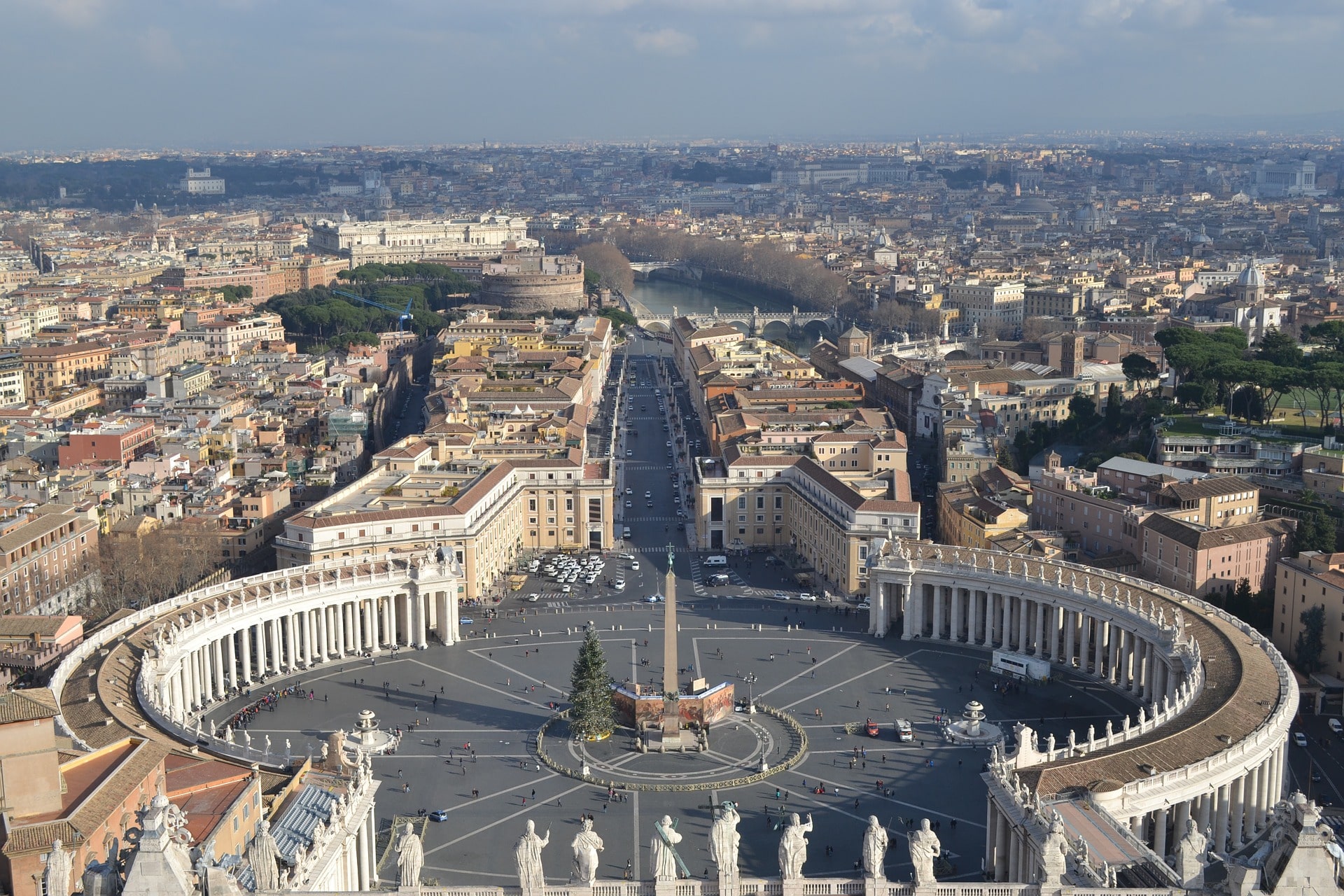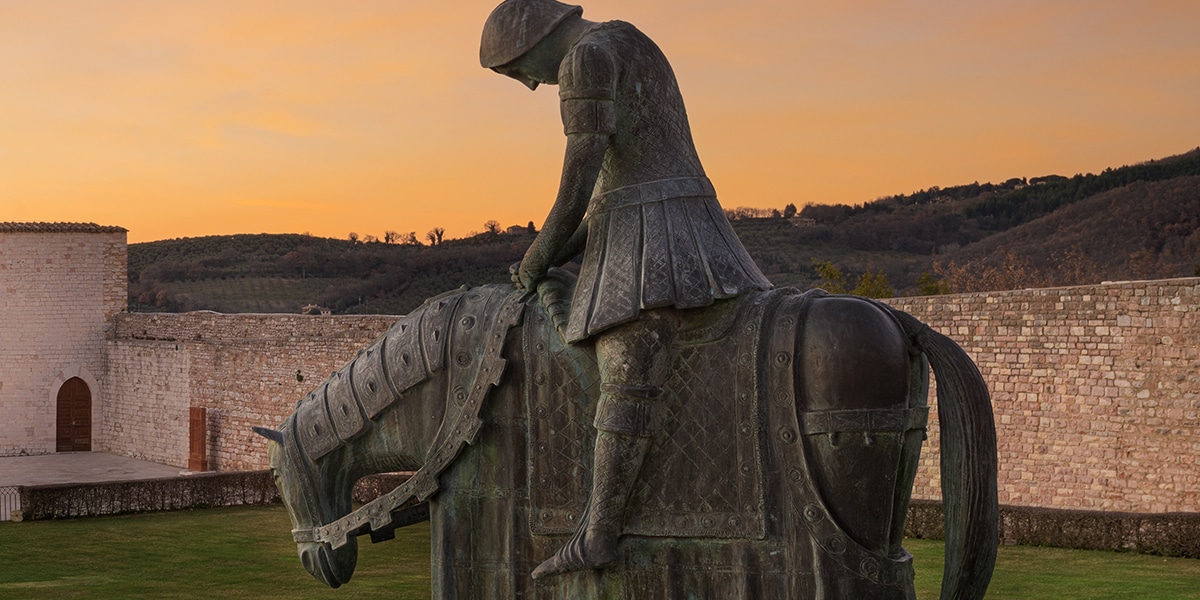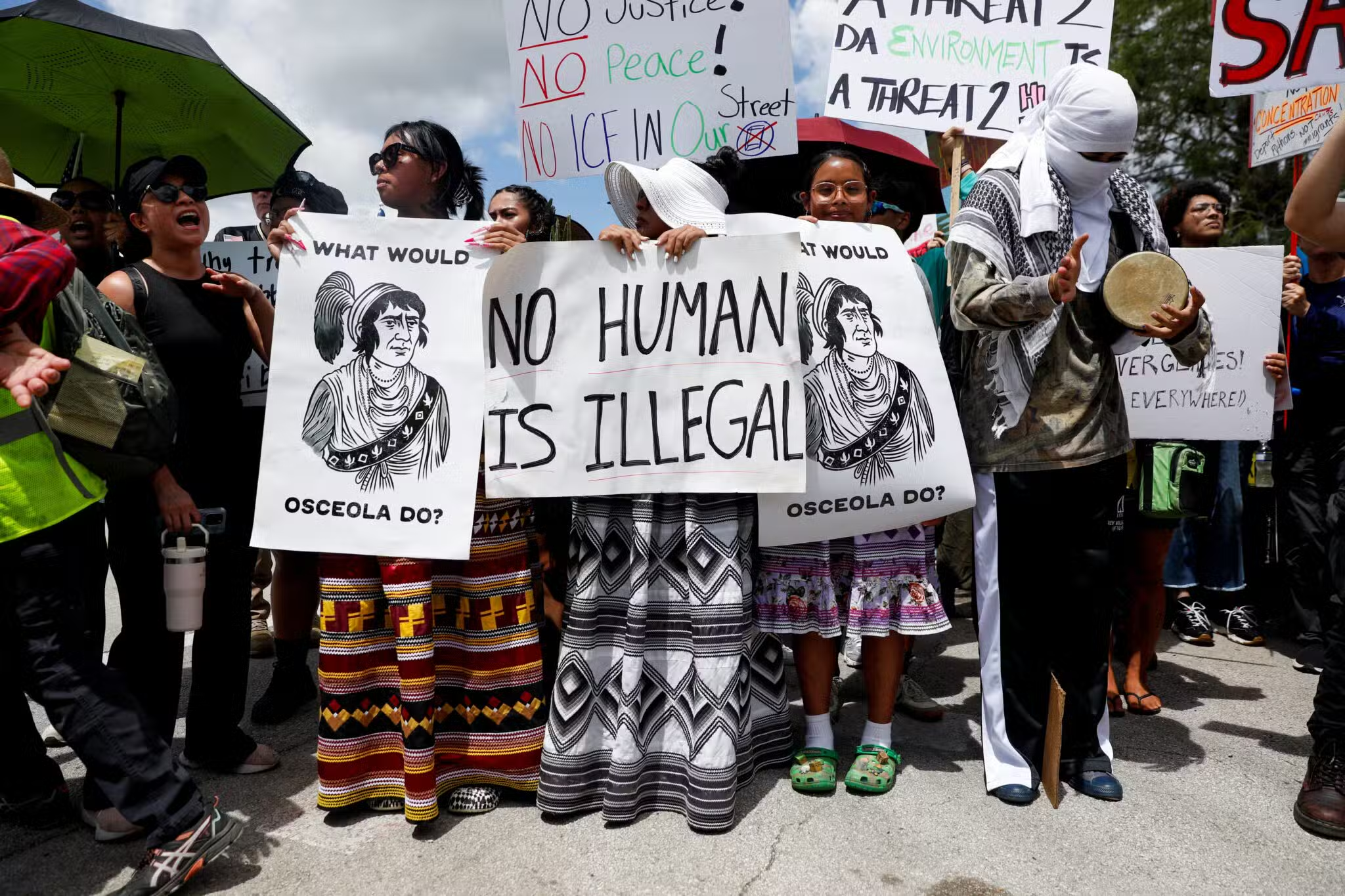Q: To whom do bishops and dioceses report their activities? To archbishops? To cardinals? To the pope?
A: Residential bishops (heads of dioceses) ultimately report to the pope. One way of doing this is through the reports they submit every five years, about six months in advance of their ad limina [“to the thresholds”] visits to the pope. On these visits to the tombs of the apostles Peter and Paul, residential bishops and their auxiliary bishops meet with the Holy Father, plus officials from offices of the Holy See.
In a much more limited way, bishops who head dioceses sometimes indirectly report to one another through national or regional conferences of bishops. For example, after adopting the Charter for the Protection of Children and Young People (June 2002), the U.S. bishops wrote Essential Norms to implement it. The bishops obliged themselves to follow these norms once the Holy See confirmed them, as it did in December 2002.
In this instance, the bishops and the Holy See collectively made “particular law” (legislation supplementary to the 1983 Code of Canon Law) for the Catholic Church in this country. The bishops publicly pledged to report to one another and to the general public that they would follow these Essential Norms to implement the Charter.
The pope conducts most of his business with local bishops through the Congregation of Bishops and his official representative in each country, a nuncio (ambassador to that country) or an apostolic delegate (representative to the Catholic Church in that country).
Each diocese is in an ecclesiastical province, which includes an archdiocese headed by an archbishop. The United States has 22 Latin-rite archdioceses. Bishops in Eastern Catholic Churches are responsible to their patriarch or major archbishop and ultimately to the pope.
For the Latin-rite Church, canons #435 and #436 of the Code of Canon Law specify the very limited responsibilities that a residential archbishop has regarding the bishops in his ecclesiastical province. A cardinal enters into the reporting relationship only if he heads the province to which a particular bishop belongs.
Auxiliary bishops report to the head of the diocese to which they are assigned.
Not all bishops are heads of dioceses, auxiliary bishops or retired bishops. Bishops and archbishops who work directly for the Holy See are known as “titular” bishops or archbishops. They have their own supervisors, depending on the office for which they work.
Bishops are collectively the successors of the apostles, working always in union with the pope, the successor of St. Peter and head of the “college” of apostles.








